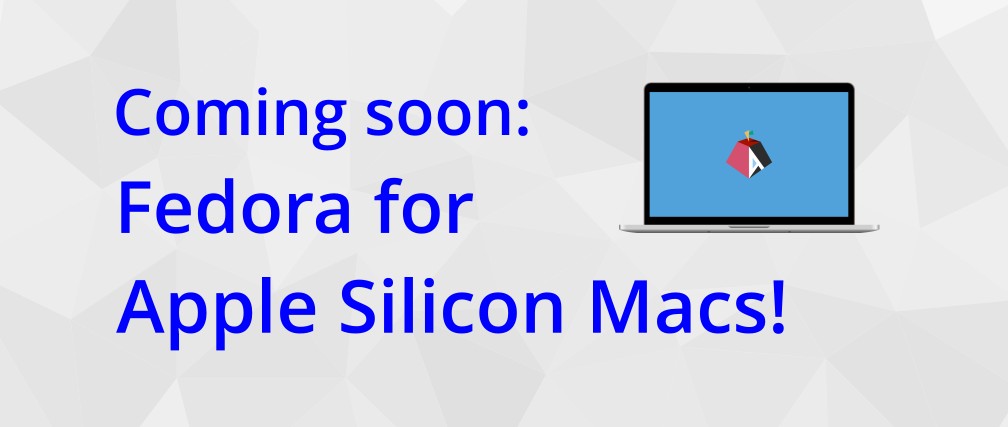Hello,
I hope you're doing well!
I'm a university student currently using a M1 MacBook Pro (it's the only machine I have) for school and personal.
I've recently been thinking of using Linux for software development mainly for C++ and Python.
1. I'm curious what are my options for using Linux on an M1 Machine, and
2. Is there anything I should be aware of between ARM vs. x86-64 Linux distributions for software development? I mainly use C++ and Python.
Any help or advice is highly appreciated! Thanks. Let me know if you have any specific questions for me that can better help answer my questions!
Linux experience: Beginner/Novice?
Context: Throughout school, I've occasionally used a Linux environment I SSH into, so I know a few of the basic commands(ie. cd, ls, mkdir, rm, cat, vim, touch, etc.)
Lately, I've also seen various job postings requesting that applicants(like myself) be experienced with C++ in a Linux/Unix Environment. What does that mean exactly and how is that different from a macOS environment? Or windows for that matter?
I hope you're doing well!
I'm a university student currently using a M1 MacBook Pro (it's the only machine I have) for school and personal.
I've recently been thinking of using Linux for software development mainly for C++ and Python.
1. I'm curious what are my options for using Linux on an M1 Machine, and
2. Is there anything I should be aware of between ARM vs. x86-64 Linux distributions for software development? I mainly use C++ and Python.
Any help or advice is highly appreciated! Thanks. Let me know if you have any specific questions for me that can better help answer my questions!
Linux experience: Beginner/Novice?
Context: Throughout school, I've occasionally used a Linux environment I SSH into, so I know a few of the basic commands(ie. cd, ls, mkdir, rm, cat, vim, touch, etc.)
Lately, I've also seen various job postings requesting that applicants(like myself) be experienced with C++ in a Linux/Unix Environment. What does that mean exactly and how is that different from a macOS environment? Or windows for that matter?


